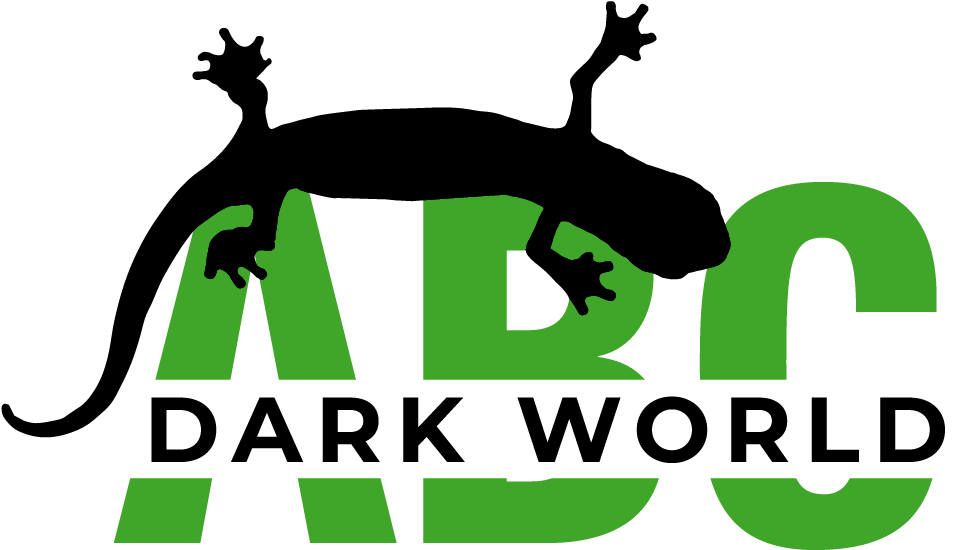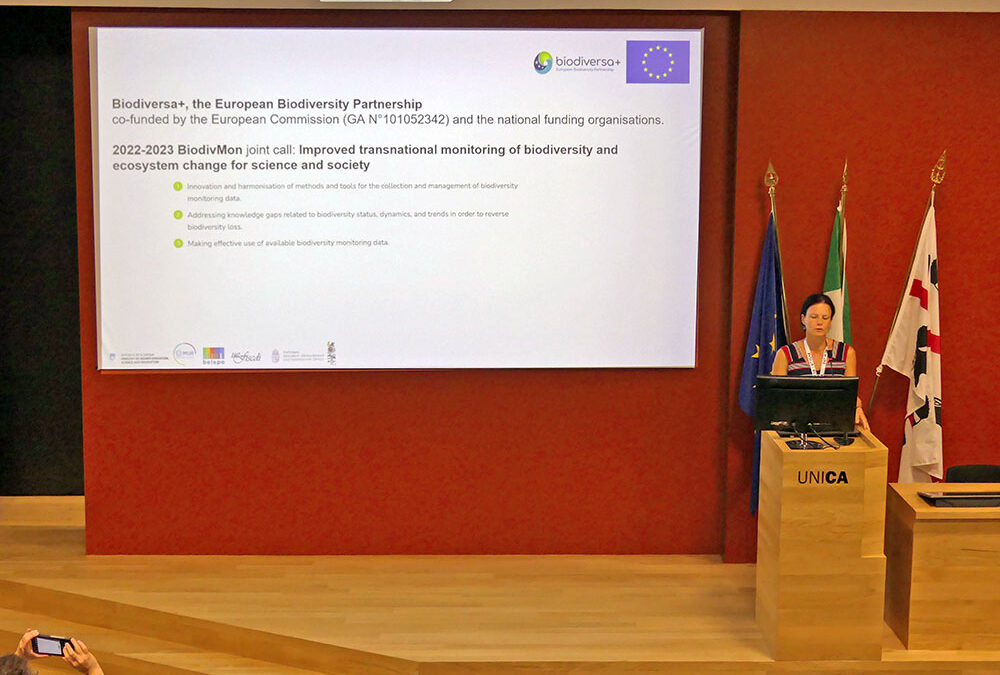Karst regions, covering 21.8% of Europe, are rich in unique biodiversity but are notoriously difficult to monitor due to their inaccessibility and the need for specialized equipment. While some European countries have developed cave monitoring protocols, there is no standardized method for tracking rare species or trends in subterranean biodiversity.
Dr. Maja Zagmajster, from the University of Ljubljana (Biotechnical Faculty, Department of Biology), presented on the first day of the ICSB conference the Sub-BioMon project, which aims to revolutionize the way we monitor biodiversity in karst ecosystems.
Officially launched in April this year (2024), the Sub-BioMon project brings together six partner organizations under the European Commission’s Biodiversa Plus program, which is financed by national research agencies from participating countries and project partner.
The central focus of Sub-BioMon is the unique biodiversity found in caves. These subterranean habitats are home to specialized species, and EU countries are required to maintain and promote a favourable conservation status of subterranean habitats (caves) under the EU Habitats Directive. However, monitoring these ecosystems to determine their health and identify changes remains a significant challenge.
Dr. Zagmajster explains: “Caves host a unique fauna, but we currently lack effective methods to monitor the condition of these ecosystems. Without standardized monitoring tools, we can’t reliably assess whether these environments are stable, improving, or experiencing negative impacts due to surface activities or other changes.”
The project aims to address this gap by developing standardized protocols for long-term monitoring of subterranean biodiversity. The goal is to create reliable methods that will allow researchers to detect changes in cave ecosystems and respond effectively to any negative developments. “If you don’t have a method to monitor it, you’re always in a state of uncertainty,” Dr. Zagmajster adds. “We need standardized methods, not only to identify when things go wrong but also to confirm when things are stable or improving.”
The Sub-BioMon project stands out because it brings together diverse experiences from six different countries, enriching the research and allowing for a more comprehensive approach to monitoring karst ecosystems. The team will also employ cutting-edge techniques such as eDNA and DNA barcoding to identify species in the field, aiming to find the most efficient and accurate methods to monitor these habitats in a short amount of time.
Dr. Zagmajster emphasized that the success of the project relies on collaboration and the sharing of knowledge, as well as the development of practical, standardized tools that can be implemented across different regions. “Our challenge is to bring all the existing knowledge together in one place, verify it, and establish a standardized approach that can be used across Europe to monitor subterranean biodiversity effectively.”
The Sub-BioMon project is committed to using the latest technologies to ensure the best results, creating a solid foundation for long-term conservation efforts in karst ecosystems.
To follow the progress of the project and access the latest results, visit the project’s website: https://www.sub-biomon.net

